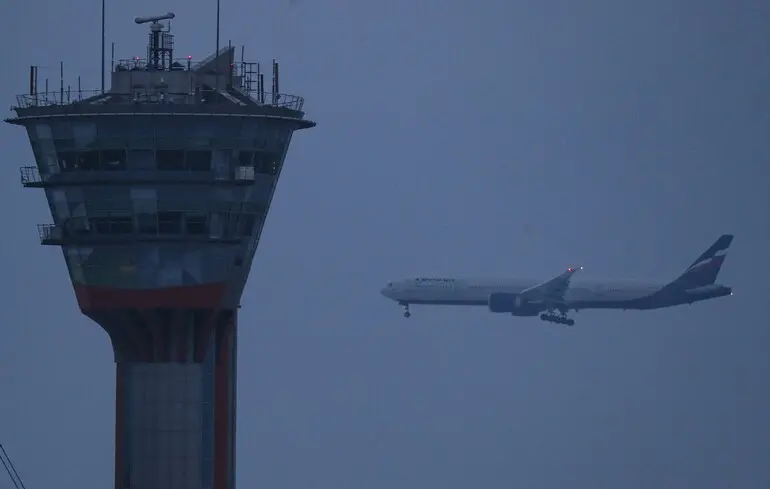Russia’s Civil Aviation Facing Drastic Reduction Amid Sanctions and Supply Disruptions

By 2026, the Russian civil aviation fleet is projected to decline significantly, potentially by more than half.
According to Ukrainian intelligence reports, the Russian cargo airline Volga-Dnepr will deliver its last eight Boeing aircraft to the country’s largest airline, Aeroflot.
These planes are set to be dismantled for spare parts needed to service and repair current aircraft in the fleet.
The deal involves transferring six Boeing 737-800BCF and two Boeing 747-400 aircraft under financial lease to Aeroflot’s subsidiaries, Pobeda and Rossiya, with an estimated value of approximately $130 million.
Funding for this process is provided by the Russian National Wealth Fund.
At the beginning of 2022, Russia operated around 1,500 to 1,800 Western-made civil aircraft.
However, due to international sanctions, airlines lost access to new planes and critical spare parts, leading to grounding of numerous aircraft, unofficial procurement of components, and dismantling of serviceable planes for parts.
Experts warn that this contract marks the first instance where cargo aircraft are used specifically for parts procurement, which will accelerate the shrinking of the Russian fleet and drive up the cost of air transportation.
Projections suggest that by 2026, the military and civilian fleet could be cut by over 50%.
It is also notable that Boeing has already reduced the production of the 787 Dreamliner owing to shortages of components previously supplied by Russian factories, especially heat exchangers produced at a joint enterprise of HSC-Science and RTX Collins Aerospace.
After the escalation of the full-scale invasion, manufacturing moved to the US and UK.
The supply chain disruptions led to a rise in emergency landings, with Russian airlines reporting frequent incidents of planes such as Sukhoi Superjet 100 making unscheduled return trips to airports due to technical faults, indicating worsening safety conditions in the aviation sector.

